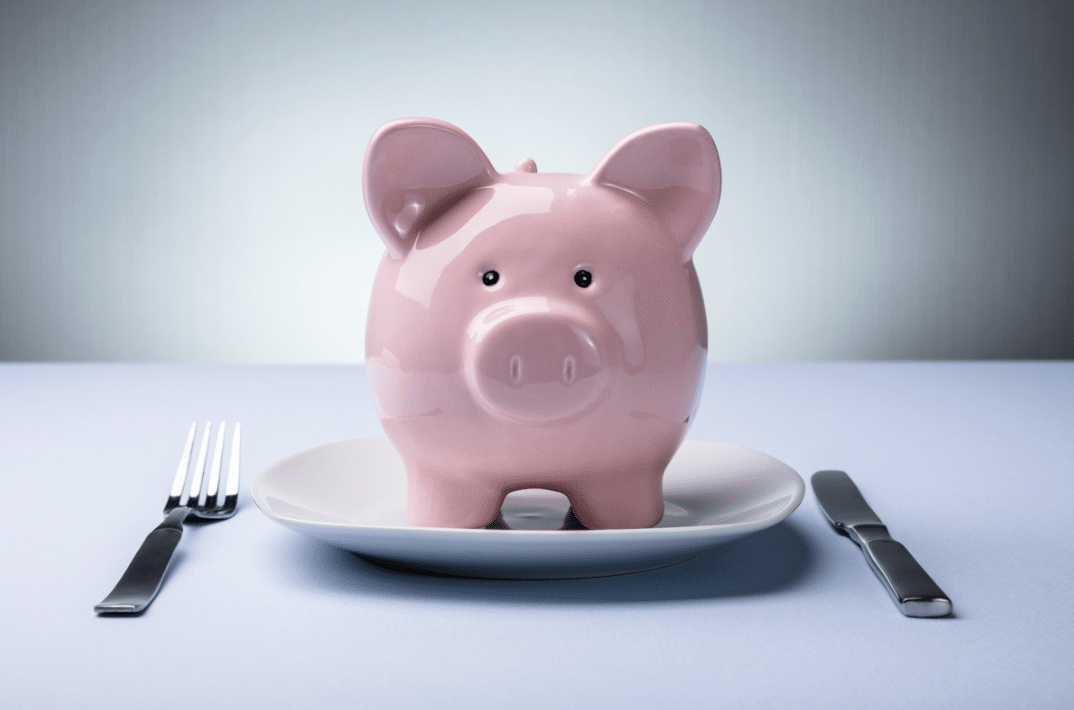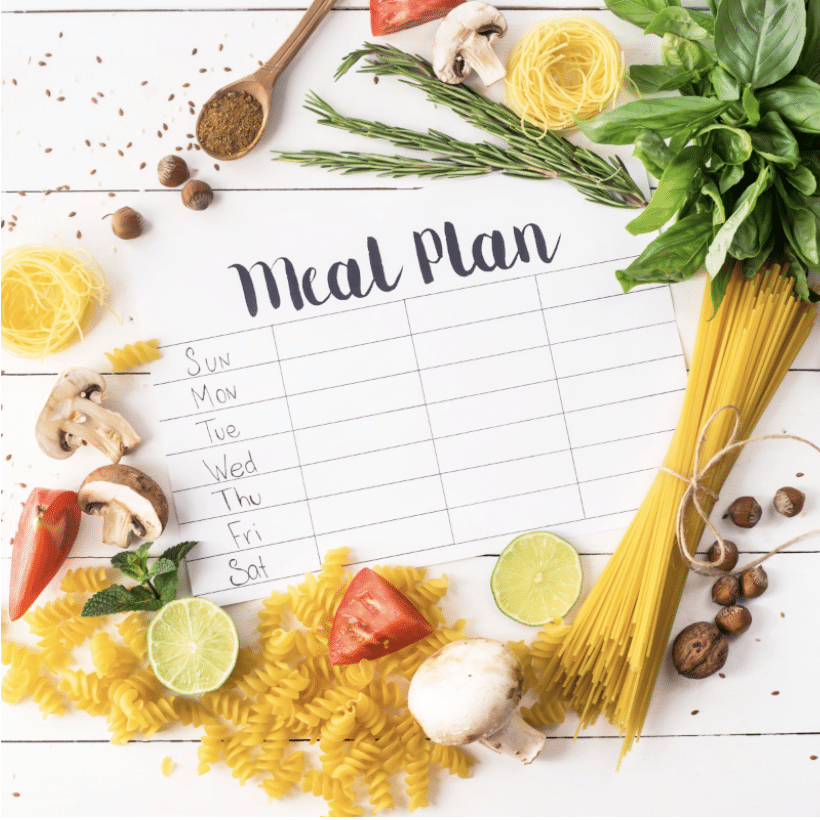
By Guest Blogger, Annie Button.
The current economic landscape of the UK is affecting everybody’s spending habits. Periods of soaring inflation, record high energy bills, stagnant wages and stunted economic growth have made life incredibly challenging for many Brits in the last 18-24 months.
However, while all these macroeconomic factors impact everyday consumers, it’s challenging to know exactly what this means for you specifically. The reality is that UK consumers have had to make astute sacrifices and alterations to their food and drink purchasing and consumption habits. Perhaps eating less takeaways or choosing to cook more at home rather than eating out, because of the cost-of-living crisis.
In the interests of promoting a greater understanding of the core issue, and giving you resources to help you keep your food and drink preferences intact without it coming at a huge financial burden, this article is here to help.
What Has Caused a Shift in Modern Food Habits?
The continued economic fallout from Brexit has caused inflation to increase considerably, thus having a profound knock-on effect on everyday costs, from food products to bills. As such, the cost-of-living crisis has exacerbated to a point where consumers are rarely, if ever, able to maintain the spending and eating habits that they had in years past.

Recently, inflation hit 4.2%, which is providing some reassurance, however, increased rumblings of a forthcoming recession are not doing much to quash uncertainty in the market. Many shoppers – particularly in the 18-34 age bracket – have opted to shop at alternative, cheaper supermarkets, and more people are being more conservative with their food budget, spending less on indulgent or non-essential purchases. The average monthly food bill is considerably higher than before, and with more UK consumers having to stretch limited funds, this is having a profound impact on the food and drink sector.
Food and drink brands have also been on the receiving end of wholesale product and energy hikes with wage increase demands as well, hence why it’s no surprise that they are struggling to keep on top of things. Energy prices and the increased scrutiny around sustainable practices have not made it easier, which is why brands are trying to be transparent in public impact reports, much like those in sectors like eCommerce (including used goods retailers), tech, manufacturing, and others who are feeling the brunt of inflation.
This is only scratching the surface when it comes to uncovering all the underlying issues surrounding price hikes. For the majority of consumers, the most pressing issue is finding ways to make the most of the current situation, and making smarter decisions when it comes to where and how much they spend their hard-earned money. The practical tips below should provide some reassurance and financial savings for the turbulent months ahead.
How to Enjoy Food and Drink in Tougher Economic Times (for a Lower Price)
With these tips, you can preserve more of your budget while still enjoying the tasty meals you know and love.
Budget Carefully for Food Shopping
- Plan weekly shopping trips ahead of time (and involve others) – make food shopping a shared and methodical experience, rather than something to do to ‘pass the time’. Shopping with children, friends, housemates, or family can give you a chance to plan meal ideas, stick to a set budget, and avoid more last-minute impulse buys. Remember to not shop when you’re hungry as the temptation to buy unnecessary things may be higher.

- Make use of vouchers and promotions – loyalty cards, discounts and vouchers are great ways to cut weekly food bills. You can often find other, off-brand coupons and promotions which can also help when shopping either online or in-store.
- Opting for alternative food providers – the rising cost of living has seen more consumers shift away from premium supermarkets like Waitrose and M&S to more affordable chains like Aldi and Lidl. Cash and carry stores like Costco offer great bargains for seasonal produce in bulk. Online retailers and local markets are also worth exploring to find cheaper product alternatives than those found in high-street supermarkets.
- Buying more basic, inexpensive ingredients – convenience food can save time, no doubt, but this comes at a financial cost. Sometimes the extra effort is worth it for some cost savings, such as buying blocks of cheese instead of pre-packaged grated cheese, and whole heads of lettuce rather than a bagged salad.
Whole foods, frozen and non-perishable items can be exponentially cheaper than buying fresh while still offering a similar taste experience. If you have the space, store bulk-bought cans of beans, pulses, and grains while freezing perishables to use as needed. Additionally, the store or generic brand’s products will be cheaper than popular name brands’ ones, which is another way to save money.
Adapting Eating Habits at Home
- Batch cook to save money – to reduce food waste and minimise preparation time, dedicate some time each week to cooking multiple meals in bulk. This will help save energy costs as well as time spent cooking each evening, where you can instead reheat lunches and dinners and stay productive.
- Eat leftovers – rather than throwing away leftovers, repurpose them into new dishes later in the week, adding a bit of variety to your weekly meals and keeping things interesting (and still tasty). By always keeping track of what you have at home the Kitche app can assist you with recipe inspiration, based on the ingredients you already have. Don’t forget to also explore our expert chef tips together with other kitchen hacks and recommendations.
- Reduce meat intake – as red meat and poultry prices rise, consider cutting back by adding more vegetables, beans, lentils and grains into meals instead of meat. Statistics show that reducing meat intake has economic, environmental, and health benefits.

Changes to Dining Out Habits
- Eat at home more often – be selective when it comes to restaurant, café and pub trips. By no means do you have to give them up completely, but compared to home where food and drinks are cheaper, it’s easier to overspend when eating and drinking socially.
- Choose discount menus – if you do dine out, consider choosing places with set menus and discounts like 2-for-1 deals and lunchtime specials that allow you to eat nice meals on a budget.
- Be stricter on takeaways – similarly to restaurant trips, takeaways should be viewed as a luxury now rather than something to have every week. Consider making a DIY version of your favourite takeaway to reduce the price and maximise your enjoyment of a treat. Cooking at home is easier with some basic tips and guidance, after all.
The Way Forward
While food and drink costs remain high, it doesn’t change the fact that consumers need to be able to feed themselves and their families. Navigating expensive times like this remains a complex and cumbersome balancing act for many people.
However, while the cost-of-living crisis persists, time will tell whether consumers can expect some long-overdue relief. The crisis has prompted more consideration and thought on improving food preservation and eradicating waste, and the Kitche app is just the tool to help you achieve that. Find out more about our community and movement today and see what else you can do to minimise food waste and conserve more of your hard-earned money.
About the writer
Annie Button, a freelance writer who has written for various online and print publications, specialising in lifestyle, business, branding and career development, anniebutton.co.uk.

